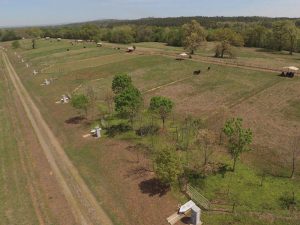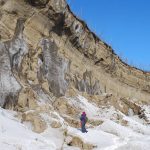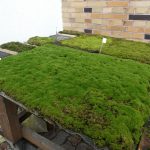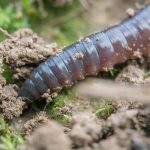Pasture Management and Riparian Buffers Reduce Erosion

Sediment is the number one pollutant in U.S. waterways. Overgrazing can increase soil erosion from pastures as well as sediment loading into aquatic systems. Grazing management and buffer strips may reduce erosion; however, few studies evaluating these practices have been reported.
A 12-year study using 15 small watersheds near Booneville, AR examined the effects of five treatments: hayed, continuously grazed, rotationally grazed, rotationally grazed with an unfertilized buffer strip, and rotationally grazed with a fenced riparian buffer. Results were published in the March–April 2017 issue of Journal of Environmental Quality
The team found that soil bulk density increased with increasing grazing pressure and was highest in continuously grazed watersheds. Runoff volumes, sediment concentrations, and sediment loads were also highest for the continuously grazed treatment and lowest for paddocks that were hayed or those that were rotationally grazed with a fenced riparian buffer. The Revised Universal Soil Loss Equation (RUSLE2) predicted soil loss fairly well for the rotationally grazed treatments but over-predicted soil loss from the continuously grazed and hayed treatments.
Using rotational grazing in combination with fenced riparian buffers or converting pastures to hayfields appear to be good options for reducing soil erosion and runoff to waterways.
Adapted from Pilon, C., P.A. Moore, D.H. Pote, J.H. Pennington, J.W. Martin, D.K. Brauer, R.L. Raper, S.M. Dabney, and J. Lee. 2017. Long-term effects of grazing management and buffer strips on soil erosion from pastures. J. Environ. Qual. 46:364–372. View the full article online at http://dx.doi.org/doi:10.2134/jeq2016.09.0378





Schreibe einen Kommentar